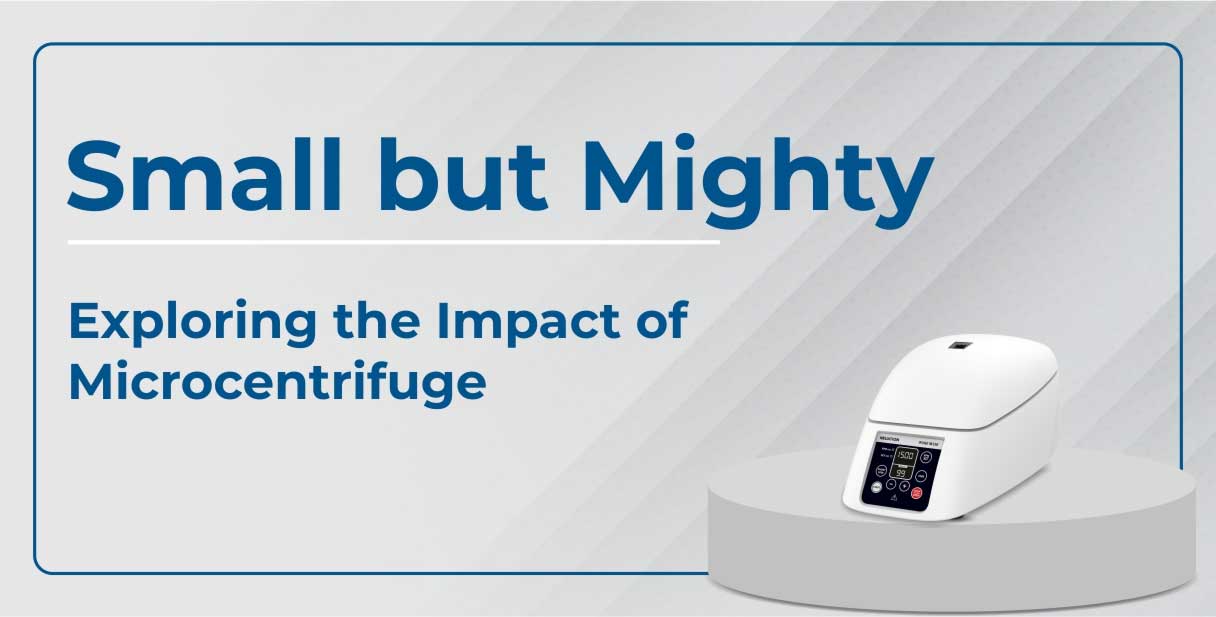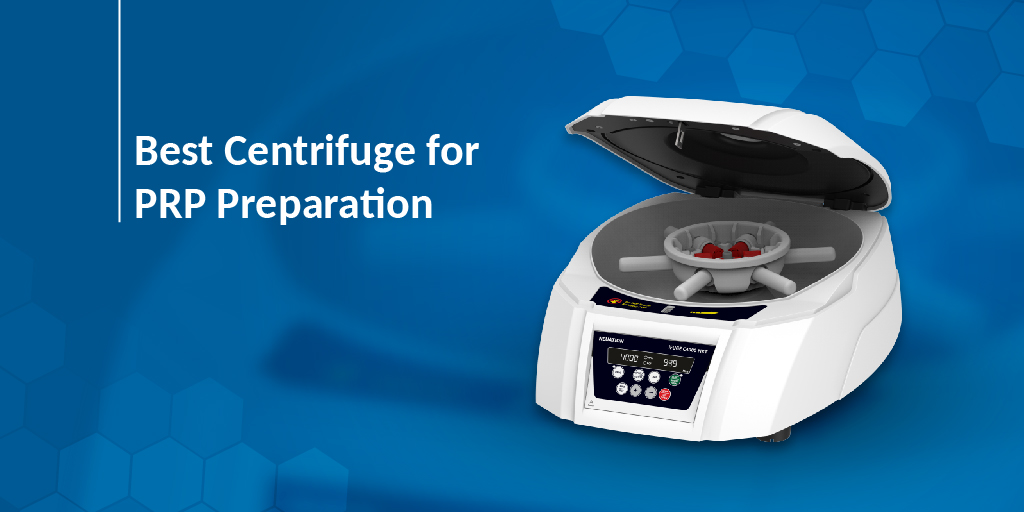Introduction to Microcentrifuge
Micro centrifuge is a fundamental tool in scientific research, enabling the separation of components in a mixture by spinning samples at high speeds. The significance of these lab centrifuges lies in their ability to process samples efficiently, making them indispensable in various scientific fields. In this comprehensive guide, we delve into the complex workings of microcentrifuge, from their basic functioning to their diverse applications.Definition and Basic Functioning
At the core of microcentrifuge is the principle of centrifugation. These instruments utilize centrifugal force to separate components based on their density. The benchtop centrifuge consists of a rotor, where sample tubes are placed, and a motor that generates the necessary centrifugal force. As the rotor spins, denser components move toward the bottom of the tube, allowing for the isolation and collection of specific substances.
Types of Microcentrifuges
Microcentrifuges come in various configurations to cater to different research needs. The most common types include benchtops, refrigerated, and mini centrifuges. Benchtop microcentrifuges are versatile and suitable for routine laboratory tasks, while refrigerated ones maintain low temperatures, ideal for preserving temperature-sensitive samples. Mini centrifuges, on the other hand, are compact and portable, making them convenient for fieldwork or limited space environments.
Key Components and Their Roles in Centrifugation
Understanding the key components of microcentrifuges is essential for optimizing their performance. The rotor, typically made of aluminum or plastic, holds the sample tubes securely during centrifugation. The control panel allows researchers to adjust parameters such as speed and duration, ensuring precise separation of samples. Additionally, safety features such as lid locks and imbalance detection systems safeguard researchers from accidents during operation.
Key Features of Microcentrifuges
To fully harness the capabilities of microcentrifuges, it’s crucial to understand their key features and functionalities.
Speed and Relative Centrifugal Force (RCF)
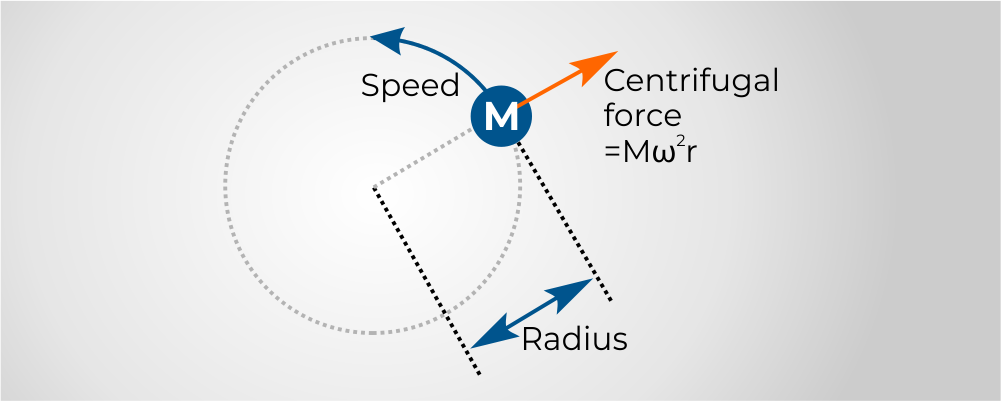
The speed at which a microcentrifuge operates directly affects the force exerted on samples, known as the Relative Centrifugal Force (RCF). Higher speeds result in greater RCF, leading to faster and more efficient separations. Researchers must carefully select the appropriate speed and RCF based on the specific requirements of their experiments.
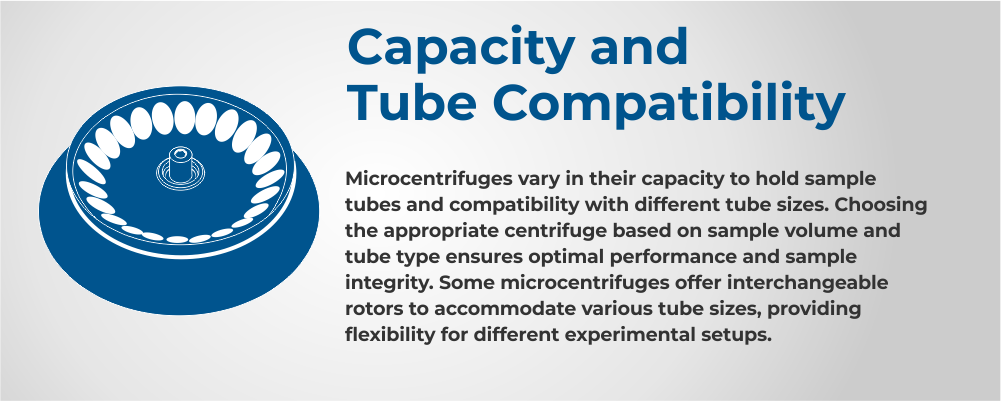
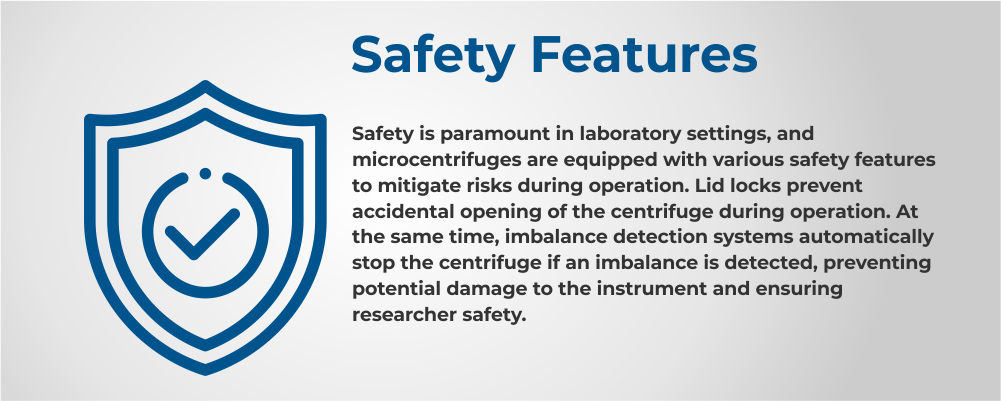
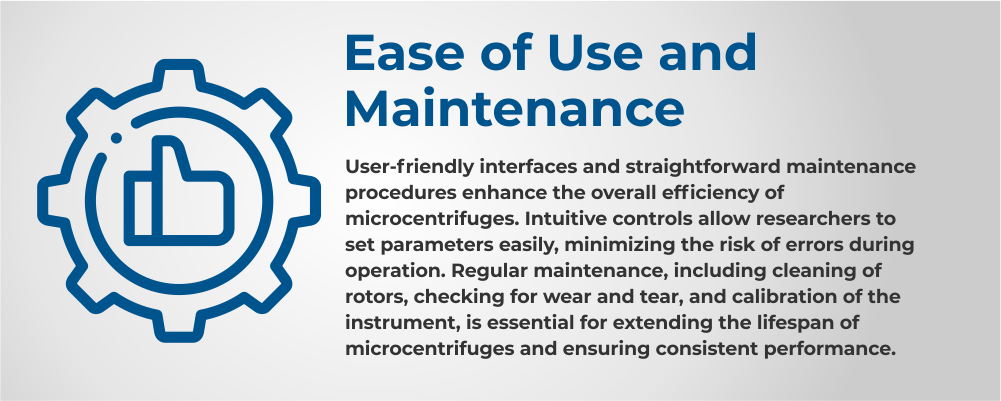
Applications of Microcentrifuges
Microcentrifuges have vast applications across various scientific disciplines, contributing to advancements in research and development.
Biomedical Research
In biomedical research, microcentrifuges are utilized for a wide range of applications, including cell fractionation, isolation of cellular organelles, and purification of biomolecules. These processes are essential for understanding cellular mechanisms and developing treatments for various diseases.
Molecular Biology and Genetics
Microcentrifuges in molecular biology and genetics facilitate processes such as DNA extraction, PCR amplification, and nucleic acid purification. These techniques are fundamental for studying genetic information, identifying genetic mutations, and conducting gene expression analysis.
Pharmaceutical and Drug Discovery
In the pharmaceutical industry, microcentrifuges are indispensable for drug discovery and development. They are used for drug formulation studies, pharmacokinetic analysis, and high-throughput screening of potential drug candidates. Microcentrifuges enable researchers to proficiently process large numbers of samples efficiently, accelerating the drug discovery process and reducing the time to market for new medications.
Clinical Diagnostics
In clinical settings, microcentrifuges are essential for processing biological samples for diagnostic testing. They are used for the separation of serum or plasma from whole blood, urine sediment analysis, and isolation of specific cell types for cytological examination. Microcentrifuges play a critical role in diagnosing diseases, monitoring treatment efficacy, and predicting patient outcomes.
Other Diverse Fields
Beyond traditional laboratory applications, microcentrifuges are utilized in a variety of other fields. In food science, they are used for analyzing food composition, detecting contaminants, and studying food spoilage mechanisms. In environmental studies, microcentrifuges are employed for soil and water analysis, measuring pollutant levels, and assessing environmental impact. Additionally, microcentrifuges are used in industrial settings for quality control processes, ensuring product consistency and compliance with regulatory standards.
Advantages of Microcentrifuges
Understanding the advantages of microcentrifuges brings out their significance in scientific research and laboratory operations.
Speed and Efficiency in Sample Processing
One of the primary advantages is their speed and efficiency in sample processing. These instruments can quickly separate components in a mixture, allowing researchers to analyze samples more rapidly and increase experimental output.
Small Footprint and Portability
Their compact size and small footprint make them ideal for laboratories with limited space. Additionally, their portability allows researchers to easily transport them between different locations, enabling fieldwork and on-site experimentation.
Versatility in Accommodating Various Sample Types and Sizes
They can accommodate a wide range of sample types, including cells, proteins, nucleic acids, and small molecules. They are compatible with various tube sizes and configurations, providing researchers with flexibility for different experimental setups and sample volumes.
Cost-Effectiveness Compared to Larger Centrifuges
Microcentrifuges are more affordable to purchase and maintain than larger centrifuges, making them a cost-effective solution for laboratories with budget constraints. Additionally, their lower energy consumption and reduced maintenance requirements further contribute to cost savings over time.
Challenges and Limitations
While microcentrifuges offer numerous benefits, they also pose certain challenges and limitations that researchers must address.
Sample Heating and Cooling Issues
Extended centrifugation times can lead to sample heating, which may affect the integrity of heat-sensitive molecules such as proteins and enzymes. Refrigerated microcentrifuges can mitigate this issue by maintaining low temperatures during centrifugation, but they may require additional investment compared to standard models.
Capacity Constraints for High-Throughput Applications
They have limited capacity compared to larger centrifuges, making them less suitable for high-throughput applications requiring the processing of large sample volumes. Researchers may need to run multiple centrifugation cycles or invest in higher-capacity instruments to meet their experimental needs.
Maintenance Requirements and Associated Costs
Regular maintenance is essential for optimal performance and longevity of microcentrifuges. To determine if the results are accurate, the rotors should be cleaned, checked for any deterioration in condition, and the instrument calibrated. While routine maintenance helps prevent instrument failure and downtime, it also incurs additional costs in terms of time and resources.
Conclusion
Microcentrifuges are essential instruments in modern labs, facilitating a broad spectrum of scientific research and applications. Accumax offers a comprehensive range of microcentrifuges designed to meet the diverse needs of researchers worldwide. Explore our selection and unlock the full potential of microcentrifuge technology for your laboratory.
Aanak Goswami
12+ Years of experience in generating growth for organisations. Having customer management skills with experience of Research, Institutional, clinical diagnostics, Healthcare and Biopharma customers.
